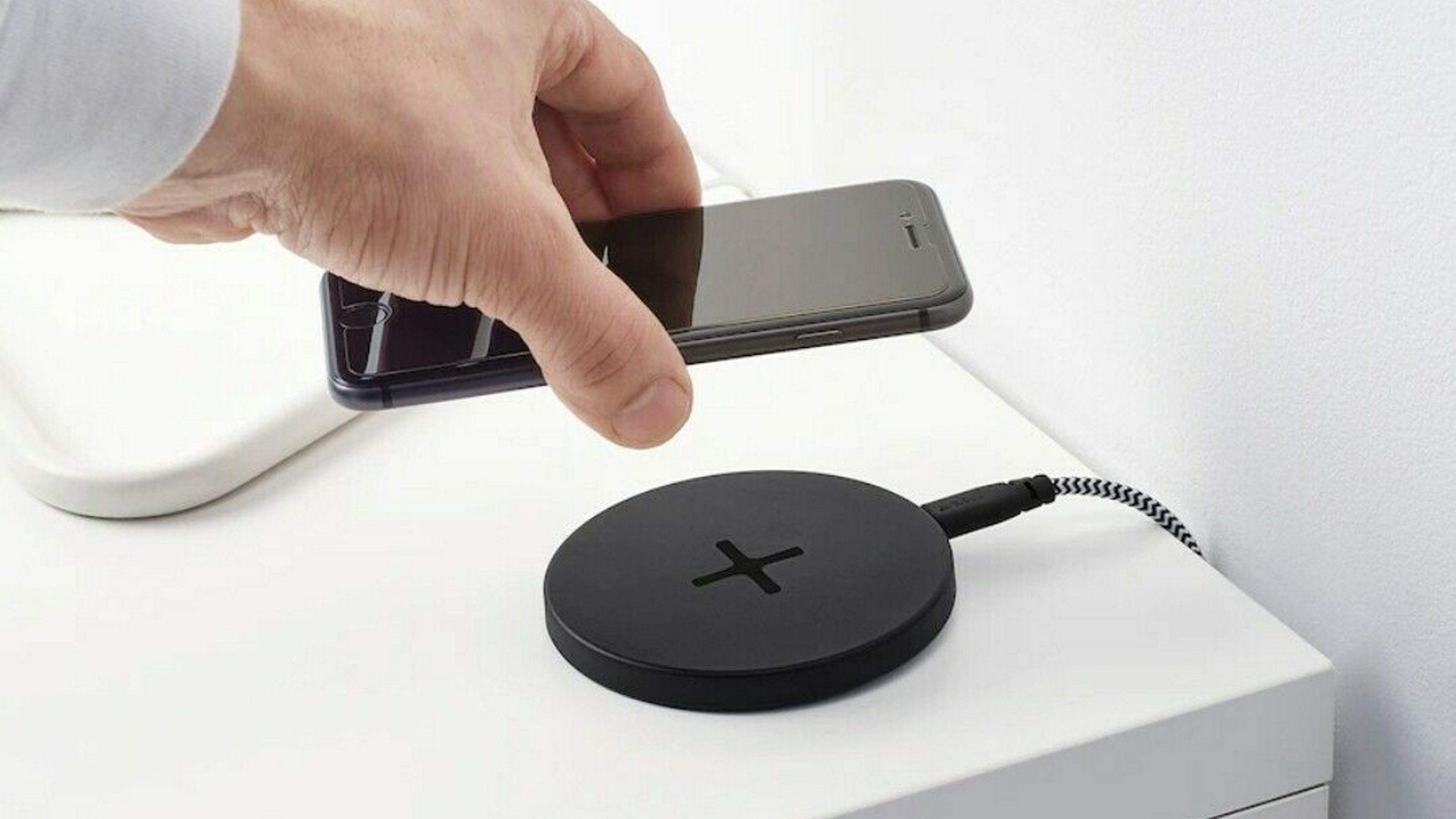
Even a decade after the Nokia 920 became the first smartphone to support wireless charging, the technology feels somewhat magical. Rather than messing around with cables, you can just drop your device down onto a changing pad and watch it slowly fill with electricity — it’s like science fiction.
But while most technological advances are inherently better than what they replace, wireless charging has both advantages and disadvantages over the traditional wired approach.
This article should help you decide whether the best wireless chargers are for you or not.
How wireless charging improves over wired
The advantages of wireless charging really comes down to one thing: convenience.
Finding your cable, clicking it into your device and making sure it’s charging is a hassle. It’s a minor one, but if you need to top up your phone once a day, it adds up — especially if you’re the kind of person that can never find the right cable when you need it.
Wireless charging is far more elegant. Your charging mat is plugged into the socket, so all you need to do is rest your device on it so that the charging coils line up and the power will magically transfer.
Yes, some of them are a bit fiddly to line up, especially older ones. But they’ve got better and it’s a non-issue if you have a charging cradle which forces the phone into position, or use a recent iPhone where MagSafe magnetically secures the wireless charger in the right spot.
Unlike cables with various connectors, wireless charging also enjoys a standard that’s near universal. With the obvious exception of the Apple Watch, manufacturers have coalesced around the Qi standard meaning that your wireless charging mat will work with pretty much any device that supports cord-free battery top-ups. If you’re a household with loads of different leads, you’ll likely appreciate the simplicity.
How wireless charging isn’t as good as wired
Beyond convenience, however, wireless charging still lags behind using a wire in a number of ways.
First of all, it’s slower. The iPhone 14 Pro isn’t the fastest at charging with a cable, but with a 20W plug, a flat handset will still be about 60% charged with half an hour at the socket. With a 15W MagSafe wireless charger — the fastest the phone supports — you’ll only hit about half that in the same time.
There are faster wireless charging speeds than Apple can support, of course, but even then they’re always slower than the wired equivalent, so it's never going to charge your phone faster. The Honor Magic 4 Pro, for example, supports 100W wireless charging with a compatible mat which will get you half full in just 15 minutes. But Honor still recommends you charge via the wire if time is of the essence.
This is partly because wireless charging is an inherently inefficient way of getting electricity from the socket to the battery you’re trying to fill. One estimate from 2020 suggested that wireless chargers use about 40-60% more electricity than using a wire, due to energy lost in heat.
That’s a hit to your electricity bill, but it’s also bad for the planet — especially if the billions of smartphone users around the world all adopted wireless charging. And while there are environmental positives from it (less production of cables which aren’t good for the planet either), it’s certainly something to consider given devices come boxed with a perfectly good cable.
This brings us to the final point: wireless chargers are an extra expense. To kit out your home with a handful of wireless chargers, you’re going to have to spend some more cash — and a not insignificant sum either. Expect to pay between $15 and $50 depending on the speed and brand.
Are wireless chargers any good?
In truth, even if you do invest in one of the best wireless chargers, you’ll probably still want to use a cable occasionally. Sometimes, you just need the speed that wired charging offers — and if you’re out and about, you may find cables easier to come by than wireless charging mats too.
In short, charging wirelessly is a lot more convenient than plugging in a cable, but it comes at a cost. It’s slower, less efficient and requires that you spend more money on something which is entirely optional.







